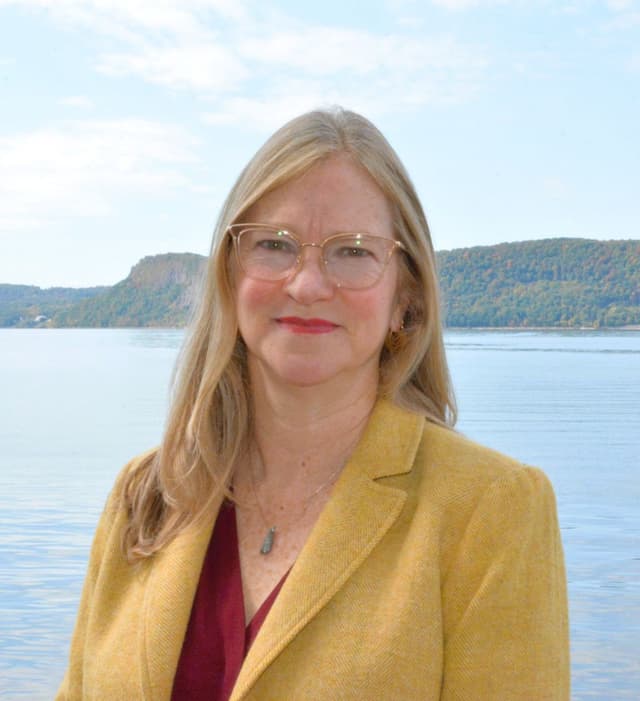Issue overview
A system under increasing stress

25-65
inches of sea-level rise predicted for NYC and the Lower Hudson River by 2100, compared to 1995 levels
4
degrees Fahrenheit the Hudson River water temperature increased from 1990 to 2020
5%-19%
projected increase in precipitation in the Hudson Valley by 2080
12
inches the river level has risen since 1900 in its tidal reach, which extends to the dams in Troy
How we’re tackling it

Tracy Brown
President and Hudson Riverkeeper
Featured campaigns

New York City adaptation
Advocating for climate solutions for our waterways and communities in our nation’s largest city

Renewable energy transition
Working toward a sustainable future while protecting the Hudson River and its communities

Strengthening protections against a changing climate
Supporting nature-based solutions to adapt to the impacts of climate change
